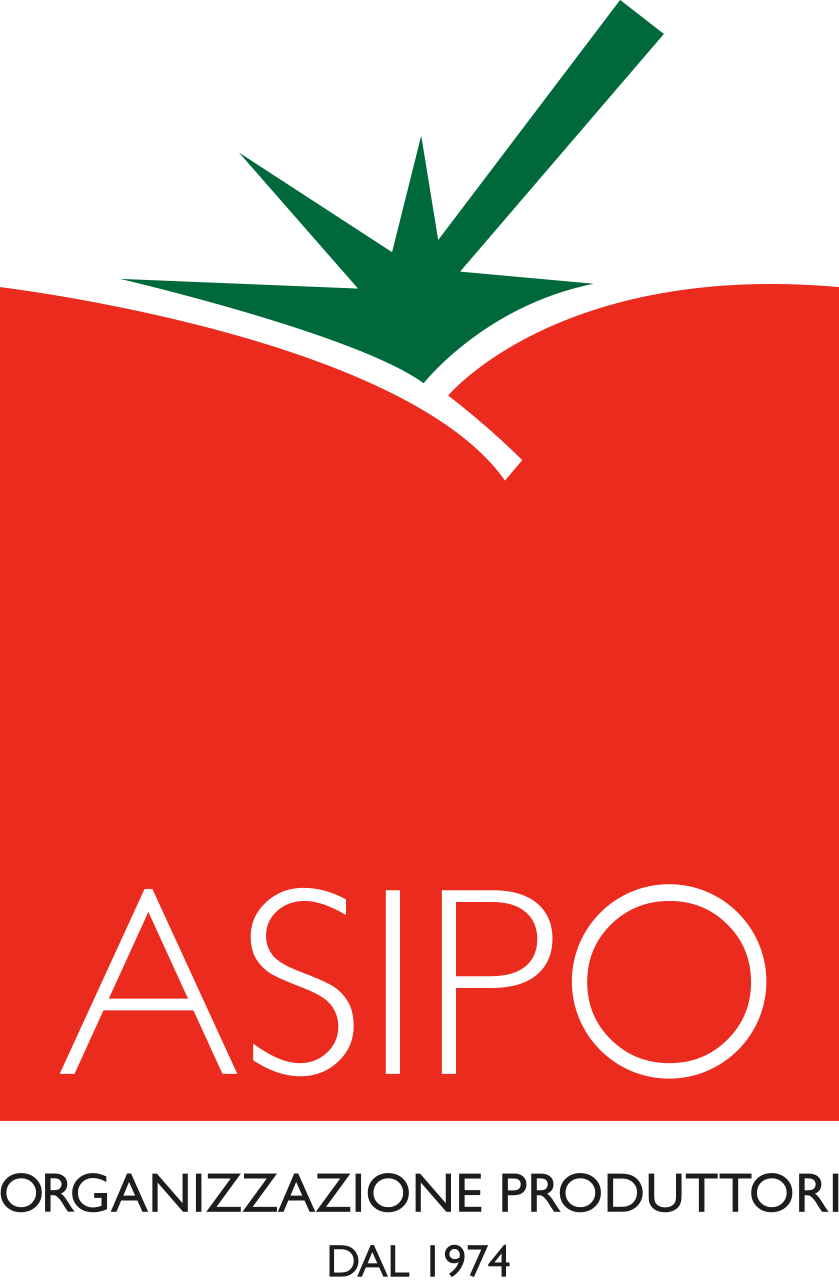The first year of activity of the biannual applied research project “Innovative agronomic techniques to increase the dry substance content and the degree brix in industrial tomato” has ended with the scientific responsibility of CREA OF Vegetable and Ornamental Crops of Pontecagnano and coordinated by Italia Ortofrutta Unione Nazionale and co-financed by 11 Producer Organizations of the industry associated with the Union (Italia Ortofrutta, APOPA, AOA, APOC Salerno, OP Terra Orti, Assodaunia, OP Mediterraneo, OP Ortofrutta Sol Sud, Asport, OP Ferrara, AS. IPO, APO Gargano).
Improve the quality of industrial tomatoes in terms of soluble solids content (Brix degree) and total solids (dry residue) through innovations in field cultivation techniques and transfer the results of an ad hoc scientific research to the POs of the industry to increase the company competitiveness on the market and enhance the product value by meeting the processing industry and consumer demands, these are the operational objectives of the applied research project.
“We have always been convinced – explains Vincenzo Falconi, Italia Ortofrutta director- of the need to have a closer connection between the productive world and those of applied research necessary to introduce innovations which help our POs compete and achieve a better product”.
“For this reason – continues Falconi – that by using the opportunity of measure 4 “Research and experimental production” of the operational programmes we have collected the research needs of our members and challenged the realisation of a quality improvement project which involved a high number of POs and to communicate the research world with that of production through the creation of a special control room, coordinated by the Union”.
The experimental tests were carried out on soils located in three representative areas of the various areas of cultivation of industry tomato, in other words Emilia Romagna, Campania and Puglia in which the following activities were carried out: foliar application to provide additional potassium, using antiperspirants and bio-stimulants based on active molecules or micro-organisms, controlled irrigation management and varietal comparison between hybrids, recently introduced on the market and other references, already widely used, in testing environments.
“Considering the unfavourable climatic conditions for crops (very low temperatures until mid-June followed by peaks of excessive heat, until the end of the crop, in all three environments, and abundant and frequent rainfalls, at the beginning of the cycle, for the Campania and Emilia Romagna areas) – Mario Parisi states, CREA OF researcher from Pontecagnano and scientific manager of the project – the productions recorded in the three test areas were in line with the 2019 tomato campaign tread: significantly negative in Campania for early transplants, excellent in Foggia (and in other areas of the South), good in the Parma area, an important tomato dock in Northern Italy.

“A special thanks goes to the 11 Producer Organisations who believed in the project and especially to the technical managers of the POs who together with their respective technical staff have teamed up and conducted the experimental tests with dedication and passion” adds Parisi.
Davide Previati, technical manager of the ASIPO PO, was particularly involved in the testing of the northern Italy area. Previati states: “It has been a demanding and meticulous work from the scientific point of view, but that’s how experimentation is done in agriculture which wants to progress and keep up with the times; it is also my pleasure to thank all technician staff who collaborated with me and without which it would not have been possible to complete the experimentation”.
Even Giuseppe Caruso of the APOPA PO, involved in the Marigliano testing (province of Naples), expresses satisfaction for the work of this first year: “The environmental climate of this year was not the most favourable for the tomato cultivation but, If we wish to pursue the transfer of innovations it is necessary that the testing is done in the same conditions in which our producers find themselves when working”.
Satisfaction is also expressed by Michele Iacullo of the Ortofrutta Sol Sud OP who conducted the testing in the Foggia area: “I have always dealt with tomatoes and crops, by nature I am curious and always looking for new techniques. This project gave me the opportunity to compare myself even more with colleagues from other production areas and with the technicians of our research institutes. If we really succeeded in having a greater exchange with these Bodies, our industry could make faster progress”.
